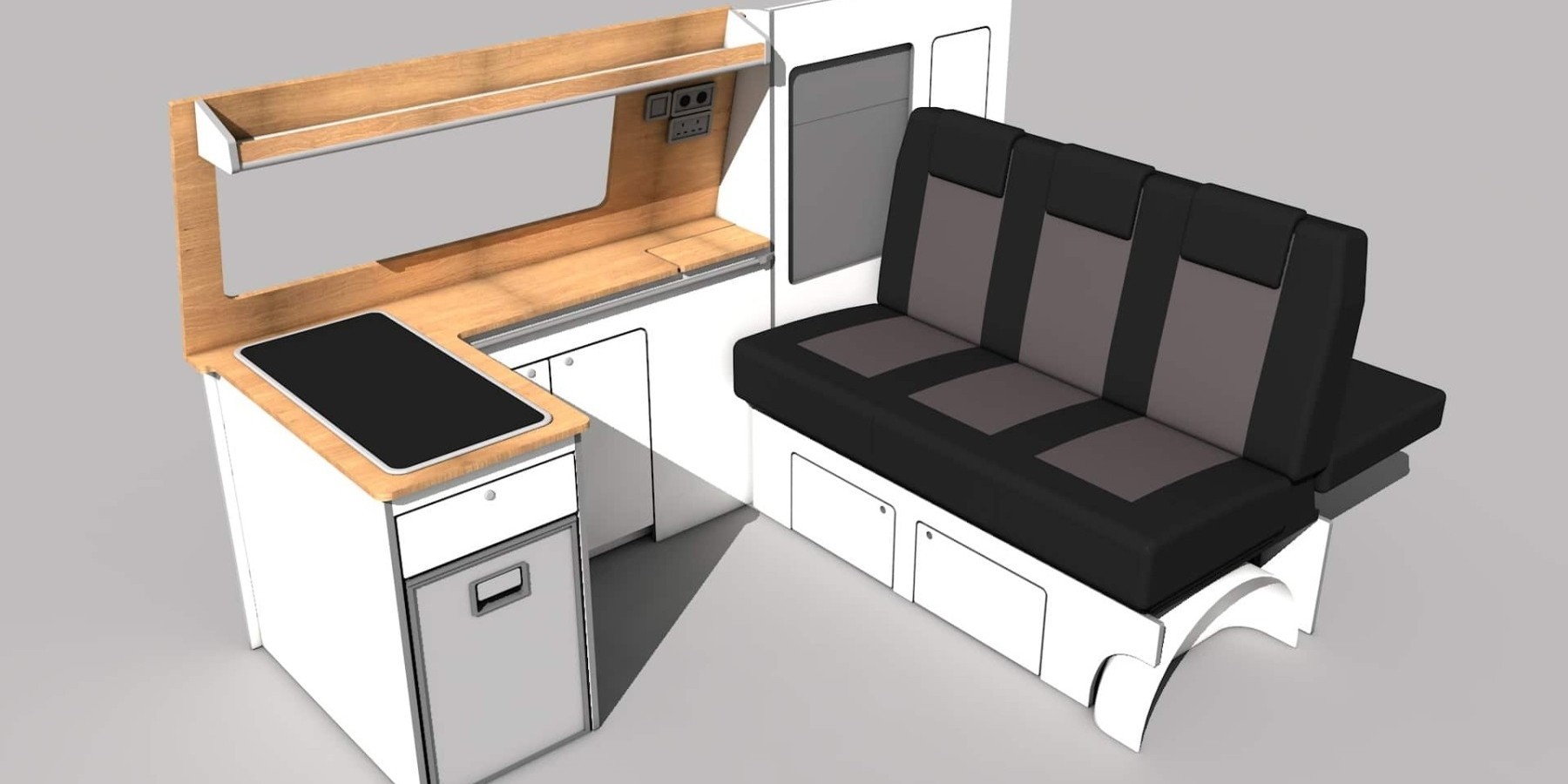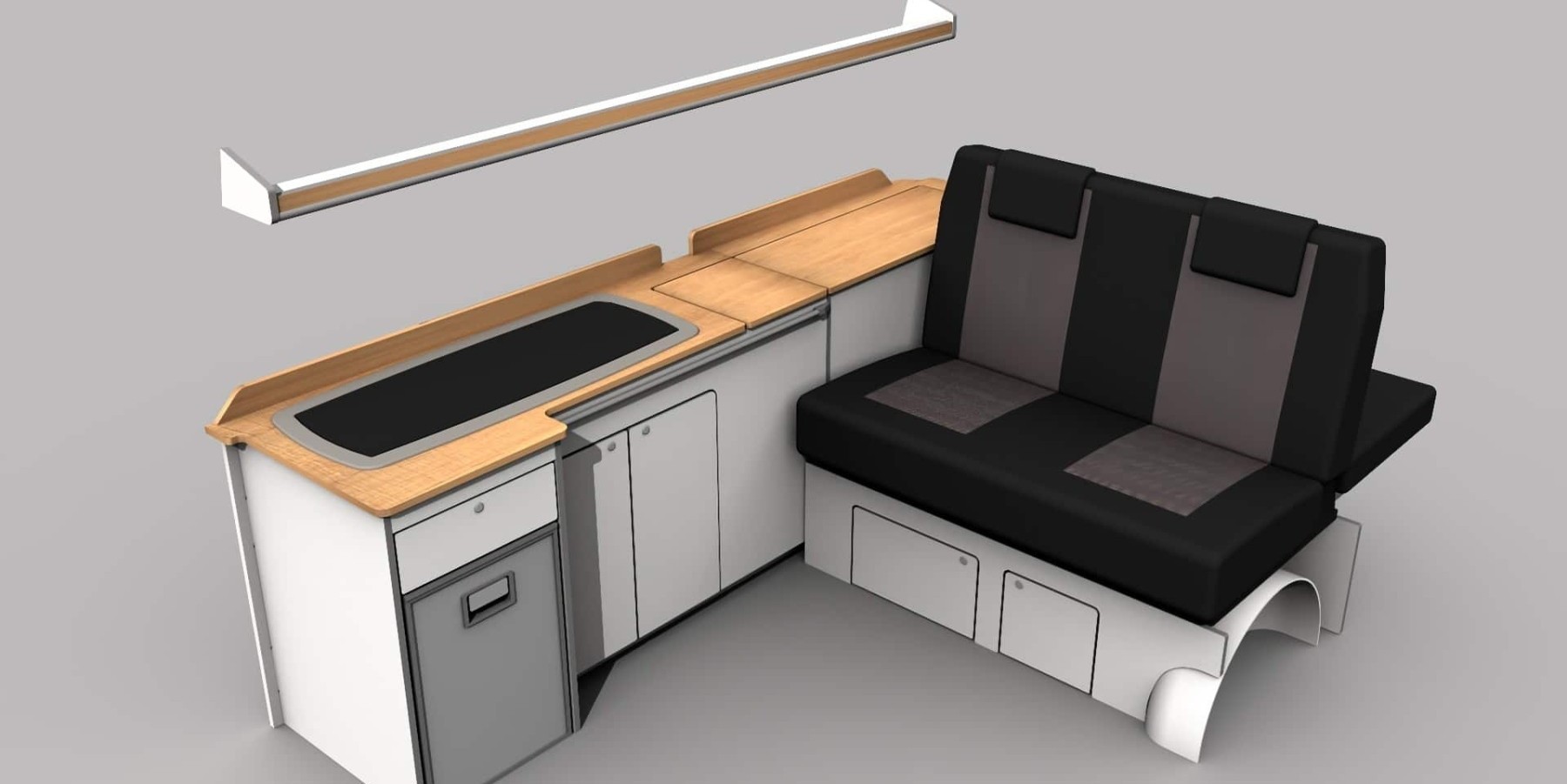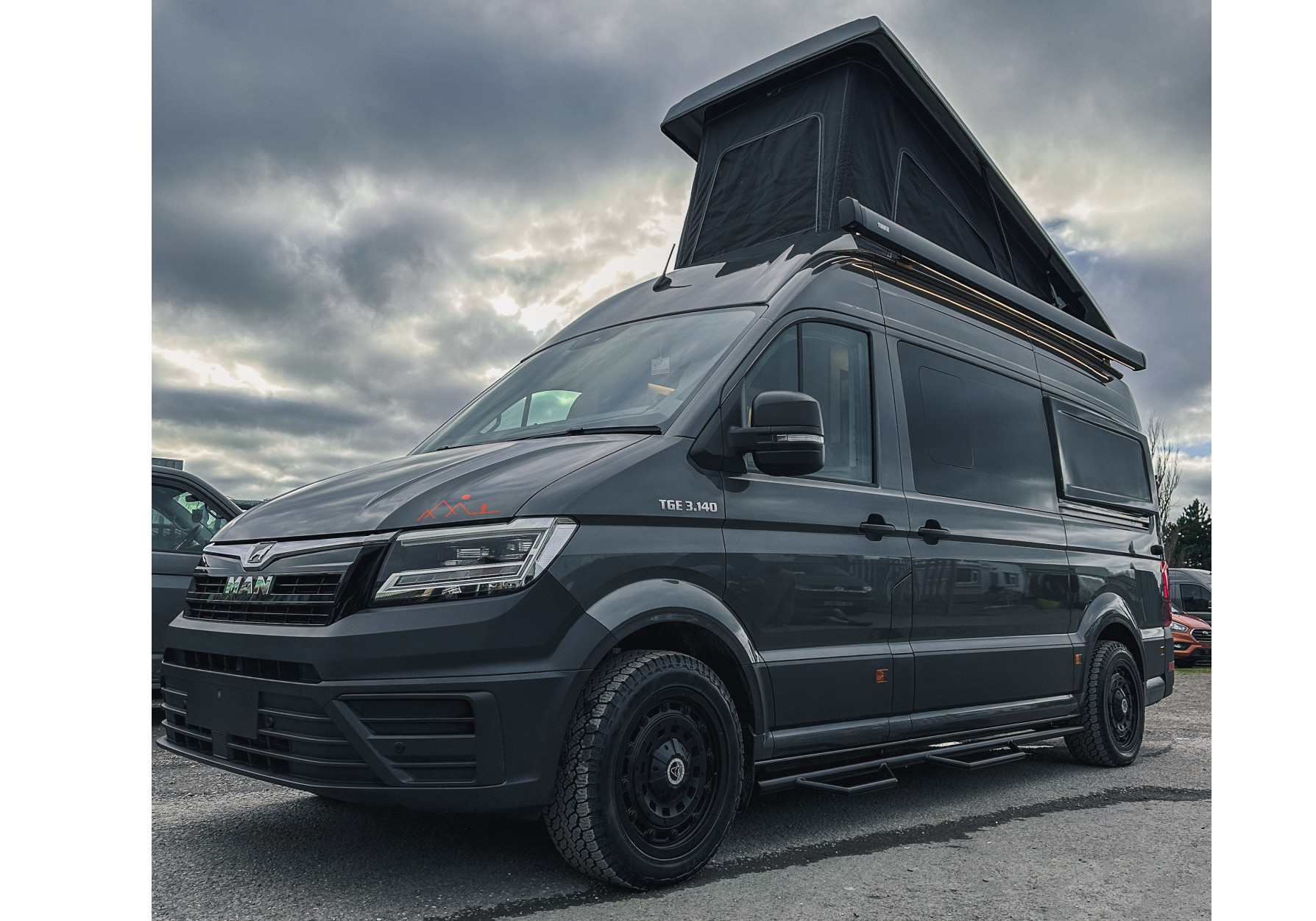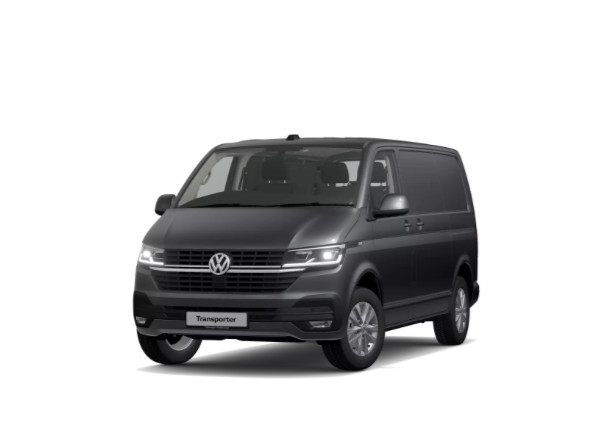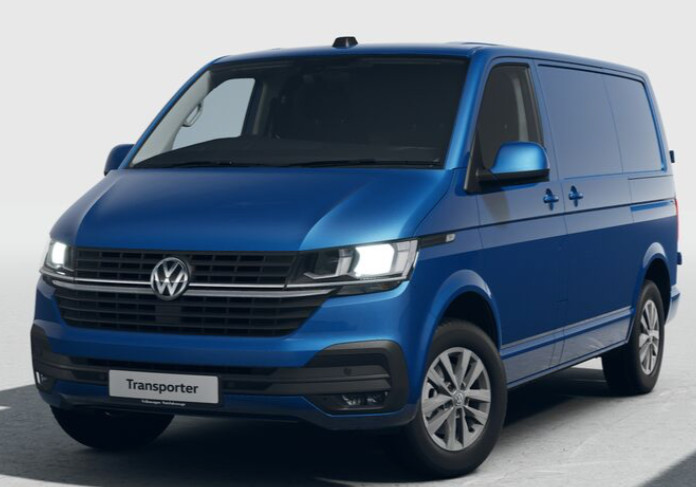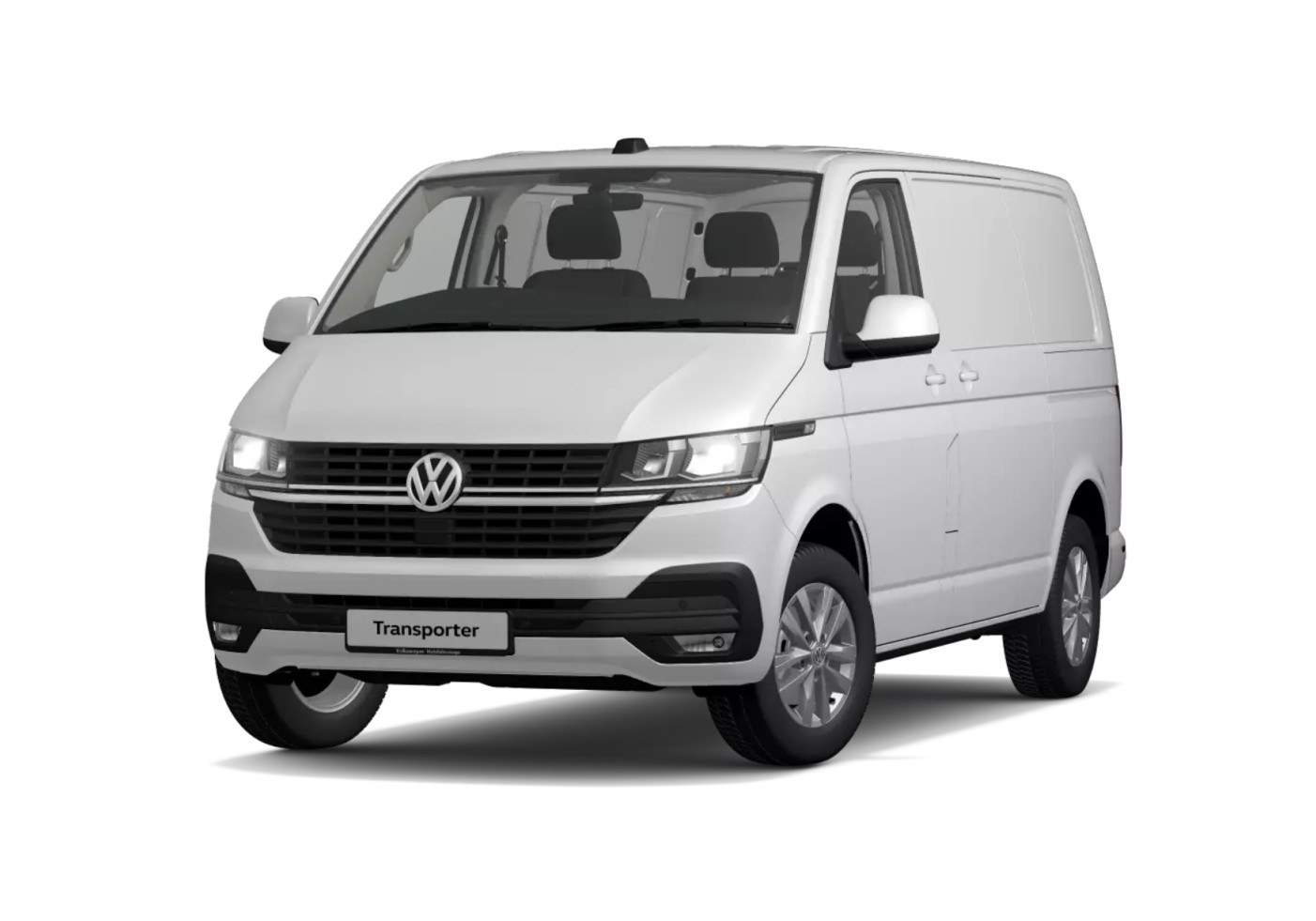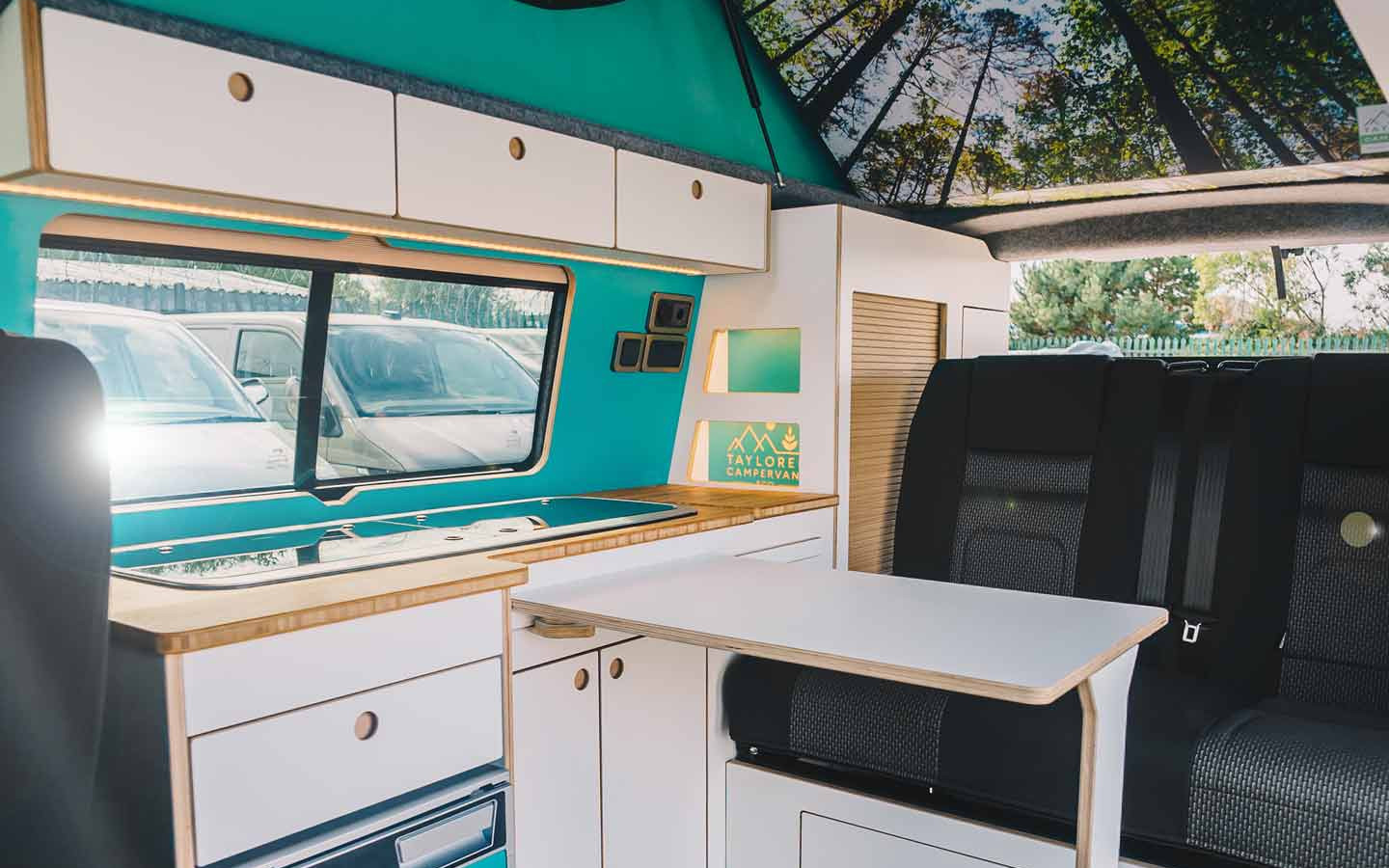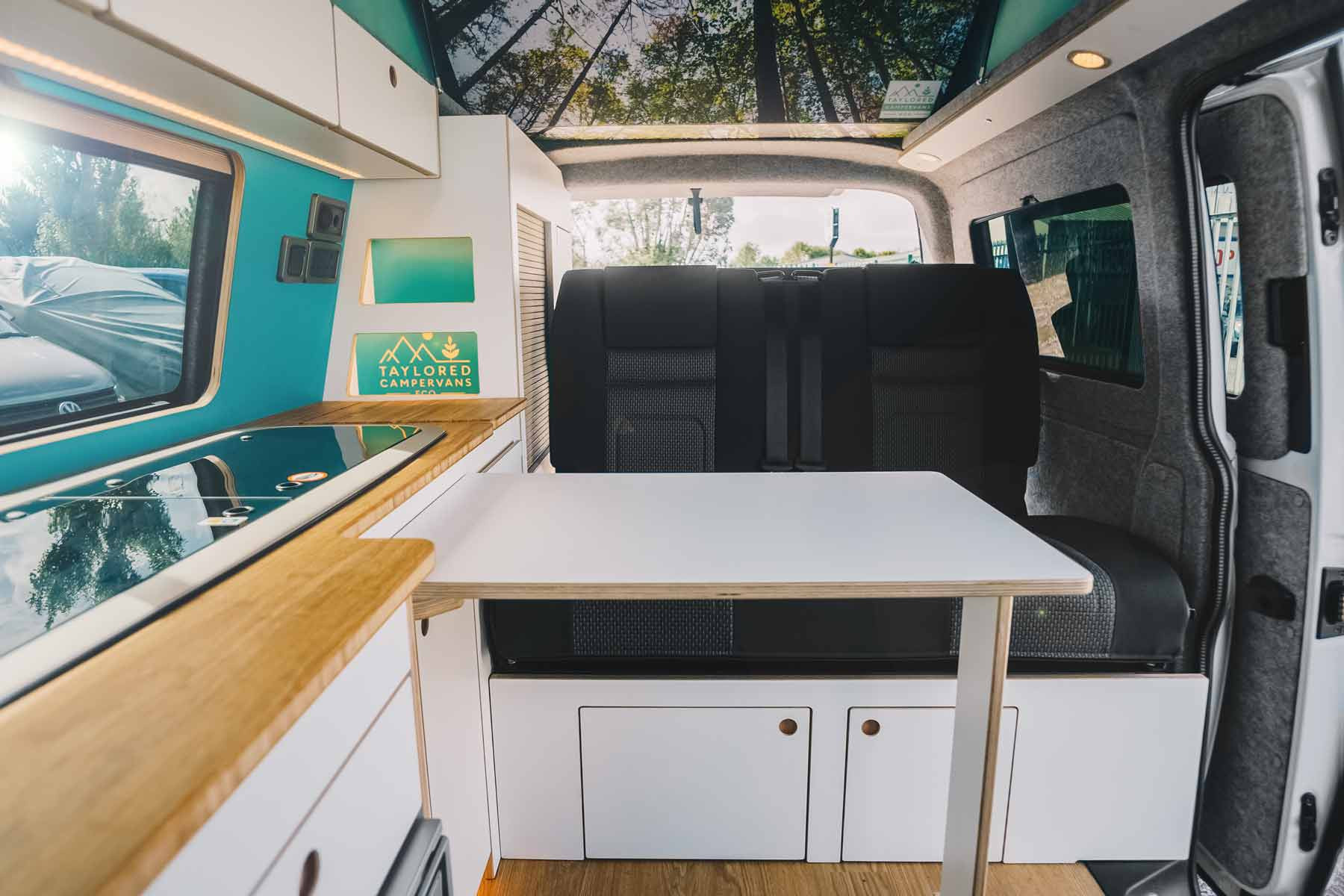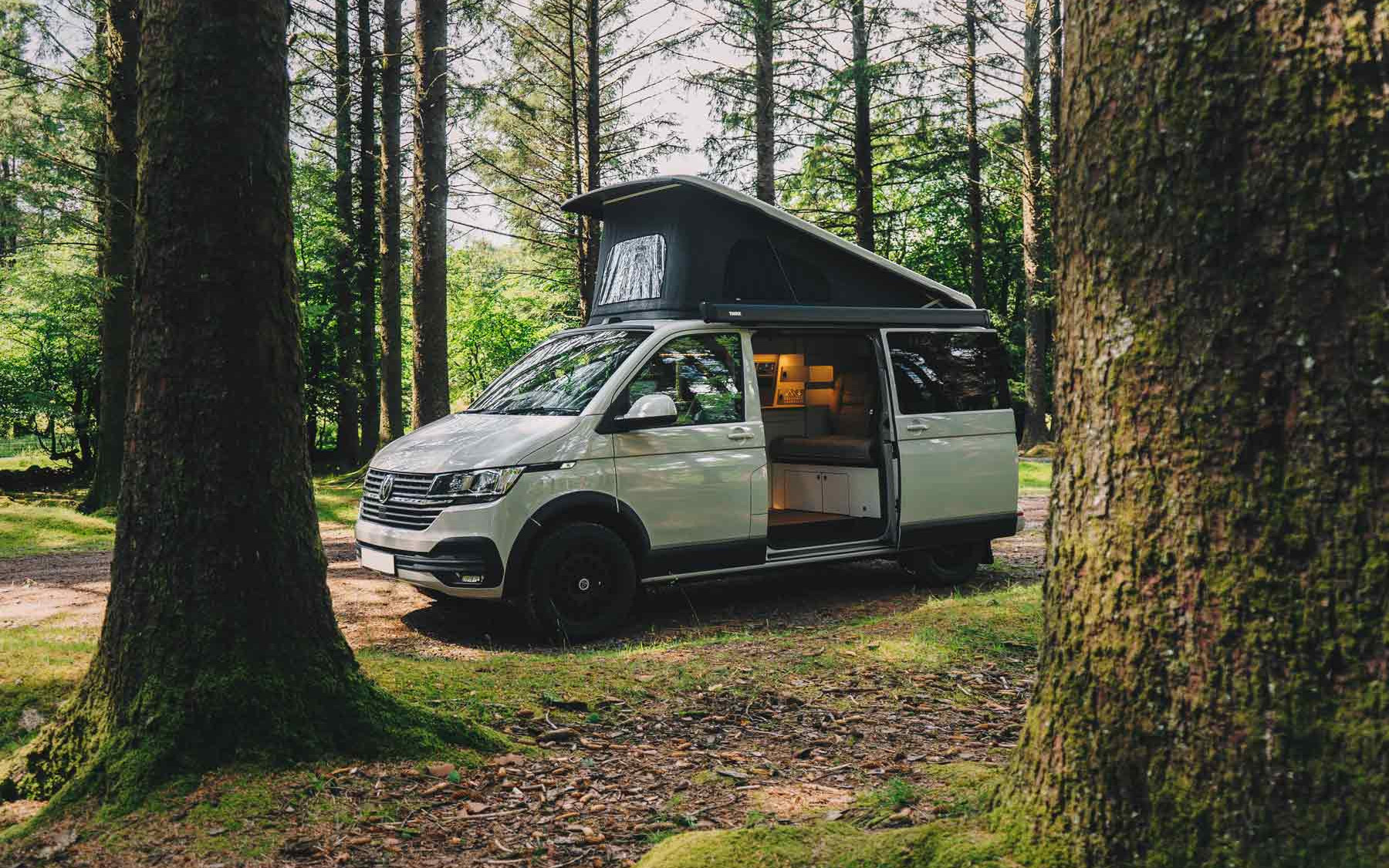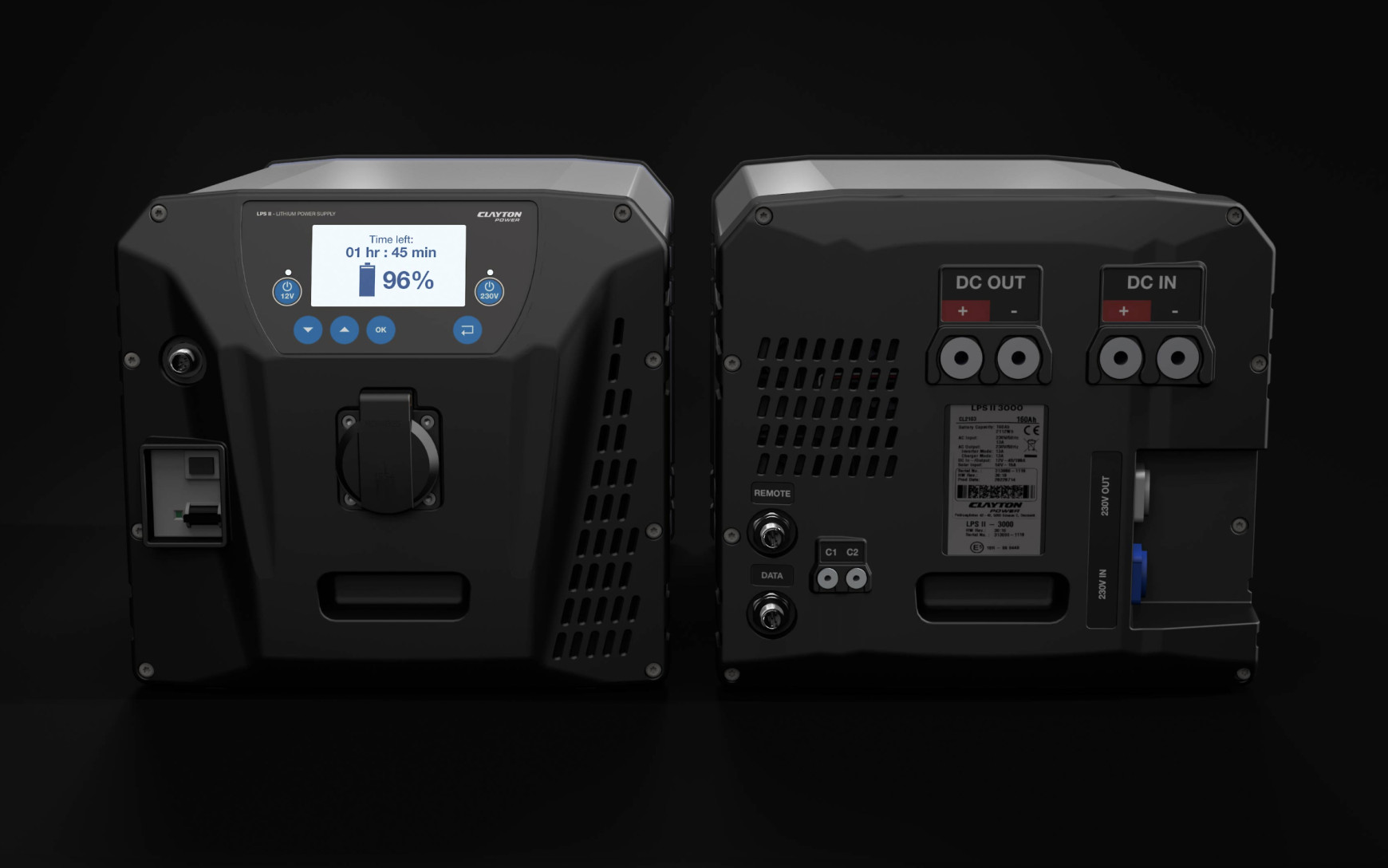As a household that takes the planet and how we personally impact it very seriously, it was only a matter of time before I really started to look at my company and try to find ways to reduce our carbon footprint.
I know that diesel campervans aren’t an eco-friendly choice, and with electric vans becoming more and more accessible it's only a matter of time before we all convert across. Choosing the electric option is one thing, however, I really wanted to start to make changes where we could within the conversion process itself from the products we use and the material choices to the methods we employ within our workshop.
The first brain wave that I had was changing the handle choice. The ones we predominantly used were made of plastic and have been the typical campervan push buttons for many years. As a workshop, we would get through a lot of them! I thought about how could we redesign the units so that we could eliminate the plastic button options - and here came our Eco Upgrade Handles. And this is where Lucas our talented CNC creative came in! He could make these ideas into the real product.
Our Eco Handles are made from a ply which is CNC cut to fit directly into pockets inset into the back of the doors, with a slightly bevelled hole that has been treated for an ergonomic smooth finish. Our soft close hinges hold each door closed eradicating the need for plastic push locks and our new push-to-open drawer runners lock into place when closed meaning they won’t open themselves when holding heavy cutlery.
The finished result is a sleek, contemporary and more sustainable handle that is also simple to use and contrasts beautifully with the units themselves.
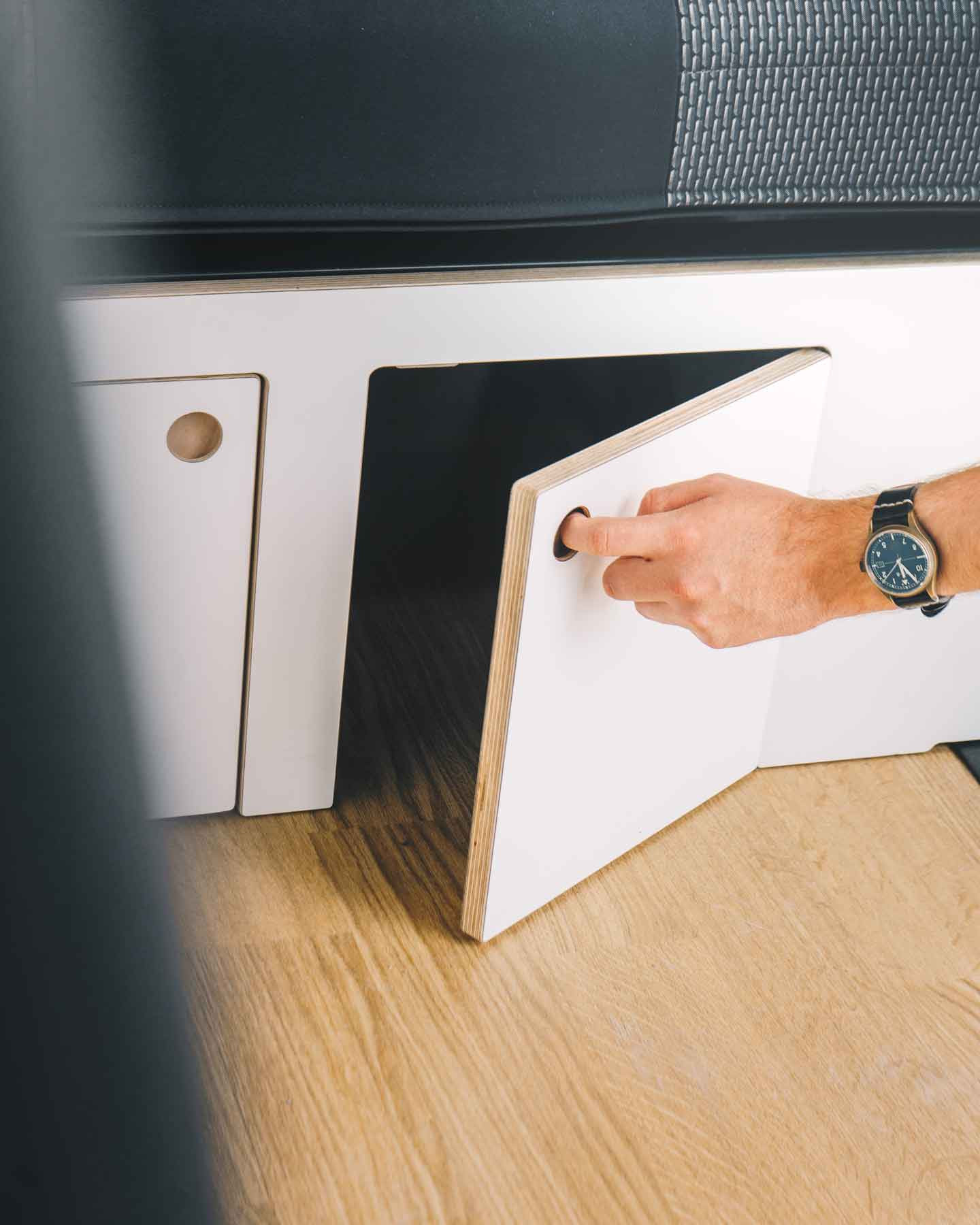
Once we had such a success with the Eco handles I just wanted to keep going. First was the table store brackets again another very heavy plastic part now swapped for a spare piece from the main furniture, a neat stylish turnbuckle. Then came the table, this meant coming up with a way the table can lock onto the unit with a wooden swing-out table.
Once we had such success with the in-house designs we started to consider other materials too. Bamboo! Swapping out the solid Oak wood worktop for Bamboo. This material is one of the fastest growing plants and takes just five years to grow to full maturity. As it’s a grass and not a tree, it grows incredibly quickly making it a much more sustainable option. The overall result is a stylish finish which has the same look as the oak worktop but is a much more sustainable option.

